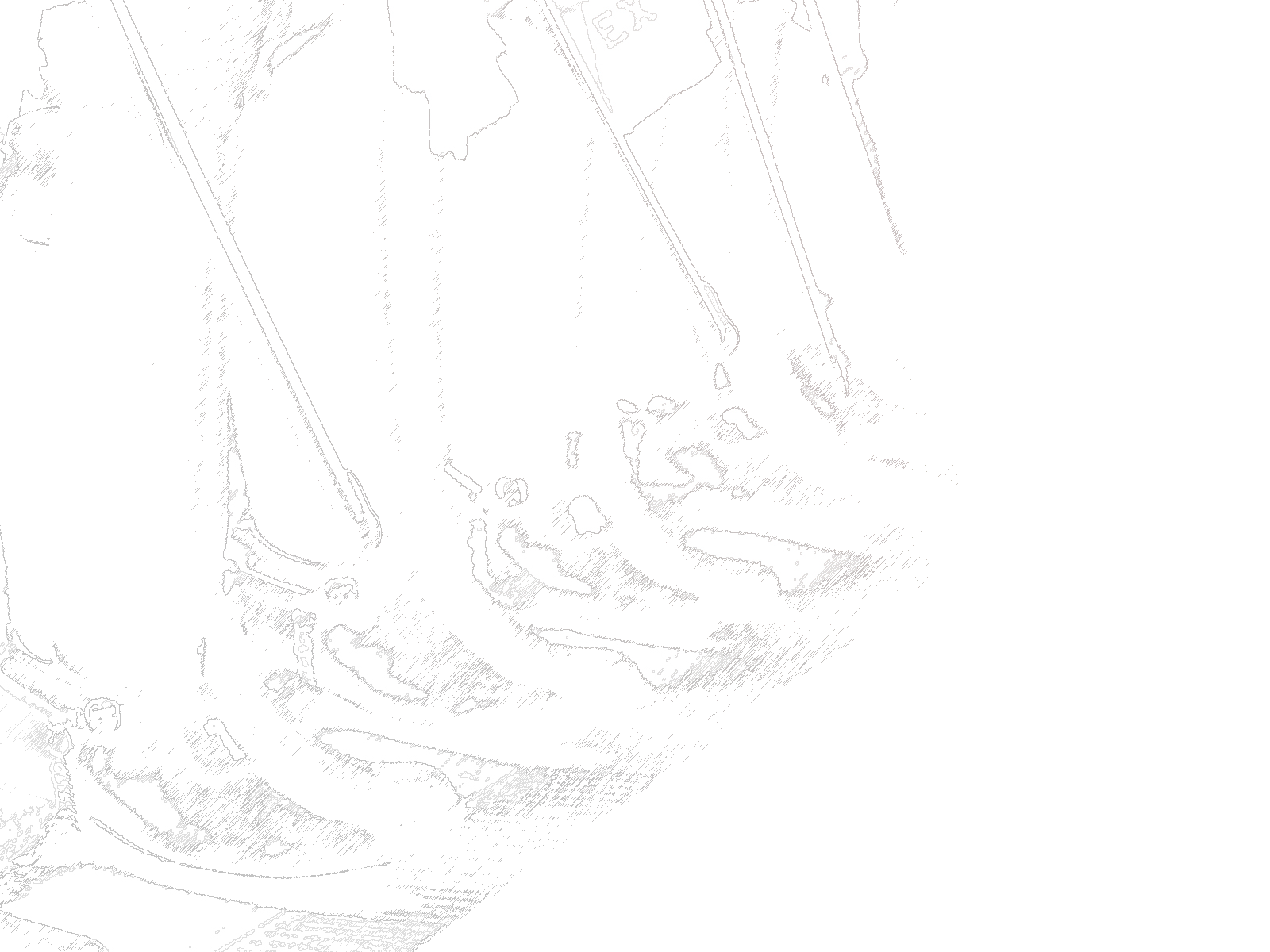Maybe it’s not all about “finding yourself” and class size.
Today Singapore’s education system is considered the best in the world. The country consistently ranks at the top of the OECD’s Programme for International Student Assessment (PISA), a triennial test of 15-year-olds in dozens of countries, in the main three categories of maths, reading and science. Singaporean pupils are roughly three years ahead of their American peers in maths. Singapore does similarly well in exams of younger children, and the graduates of its best schools can be found scattered around the world’s finest universities.
The island-state has much to teach the world. But other countries are reluctant pupils. One reason is that Singapore favours traditional pedagogy, with teachers leading the class. That contrasts with many reformers’ preference for looser, more “progressive” teaching intended to encourage children to learn for themselves. Although international studies suggest that direct instruction is indeed a good way of conveying knowledge, critics contend that Singapore has a “drill and kill” model that produces uncreative, miserable maths whizzes. Parents worry about the stress the system puts on their children (and on them, even as they ferry kids to extra classes).
Yet Singapore shows that academic brilliance need not come at the expense of personal skills. In 2015 Singaporean students also came first in a new PISA ranking designed to look at collaborative problem-solving, scoring even better than they did in reading and science. They also reported themselves to be happy—more so than children in Finland, for instance, a country that educationalists regard as an example of how to achieve exceptional results with cuddlier methods of teaching. Not content with its achievements, Singapore is now introducing reforms to improve creativity and reduce stress (see article). This is not a sign of failure, but rather of a gradual, evidence-led approach to education reform—the first of three lessons that Singapore offers the rest of the world.
[…]
The third and most important lesson is to focus on developing excellent teachers. In Singapore, they get 100 hours of training a year to keep up to date with the latest techniques. The government pays them well, too. It accepts the need for larger classes (the average is 36 pupils, compared with 24 across the OECD). Better, so the thinking goes, to have big classes taught by excellent teachers than smaller ones taught by mediocre ones.
I’d like to hear more ideas like this out of Evers and Walker instead of “we’re going to spend more on the same thing.”
I’d note that Singapore spends about $10k/year for high schoolers and about $7,700 per kid for elementary schoolers. Wisconsin spends about $11,500 per student. So Singapore is spending a good amount, but less than Wisconsin on education and getting far better results for their kids. Could it be that the answer to better education in Wisconsin isn’t about spending more money? The answer is changing the way we educate kids.

A hybrid system that teaches the basics as new concepts are introduced, then letting students apply those concepts to things that interest them might work even better.
It’s a little tedious to start, but quickly shows students the value of education and gives them incentive to learn.
Now we’re down to admiring Singapore? For their freedoms?